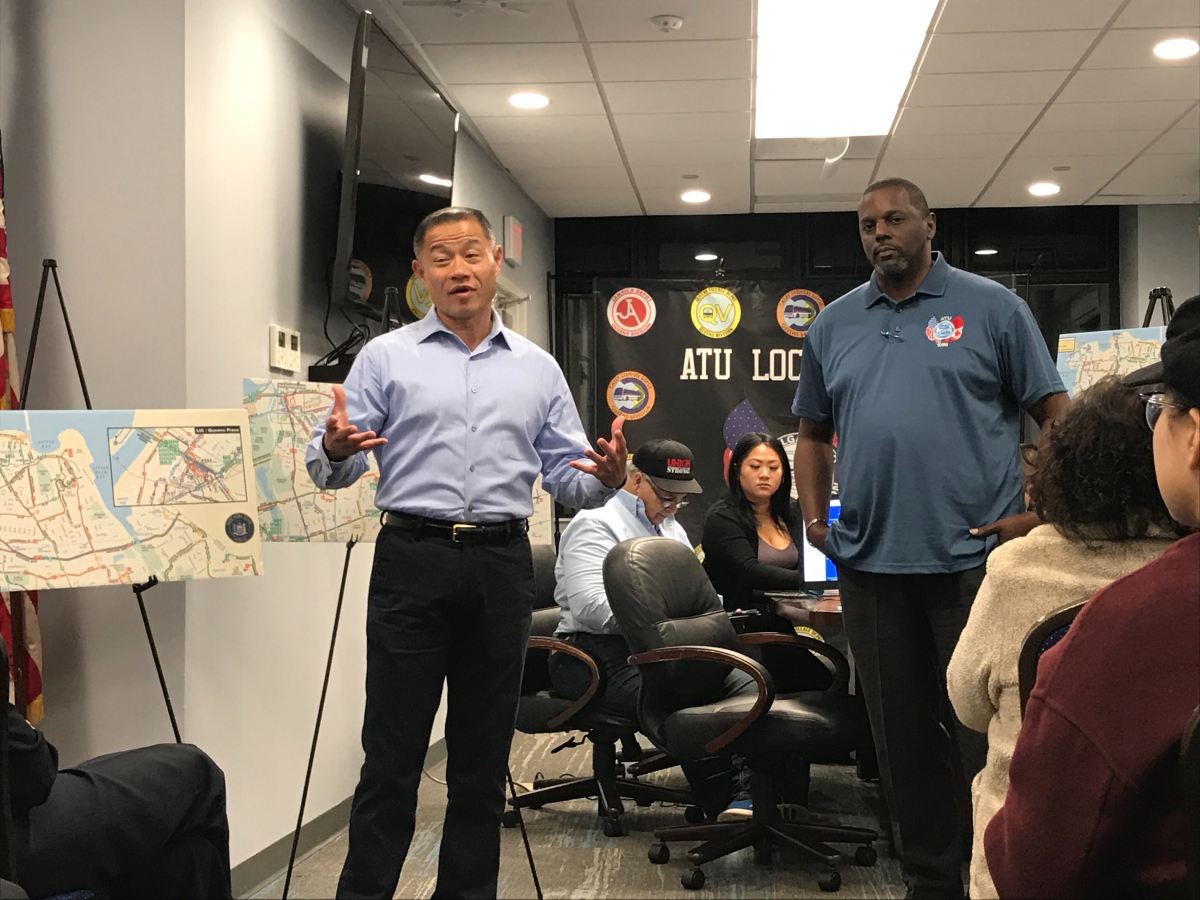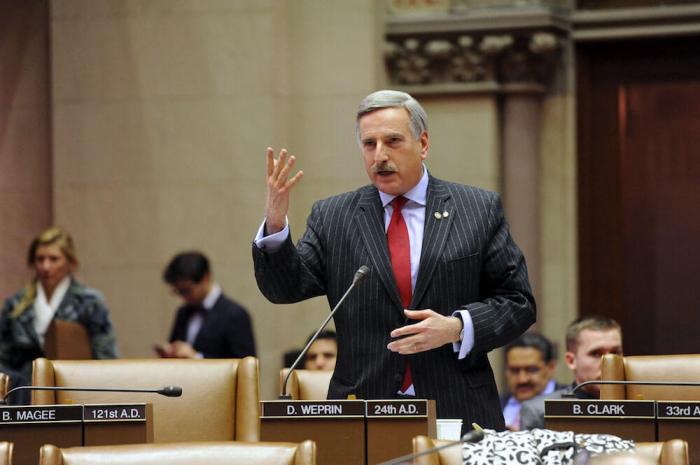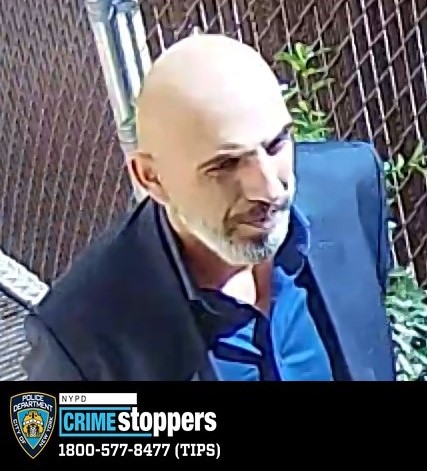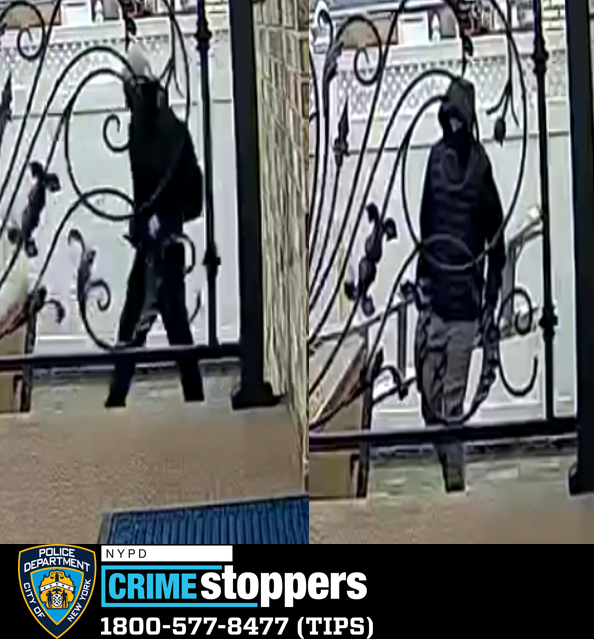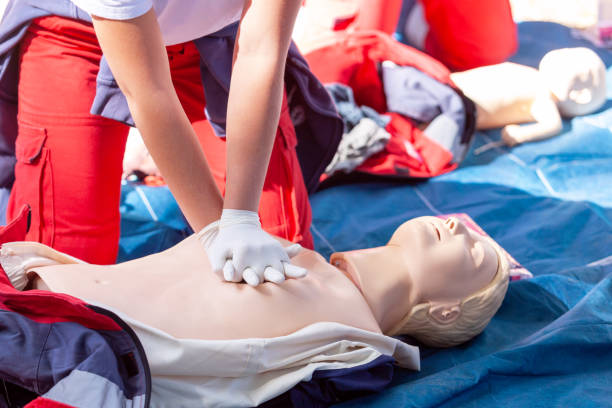Transportation woes continued to plague Queens residents this week, as commuters expressed dissatisfaction with the current system.
On Oct. 10, state Senator John Liu hosted a bus redesign meeting in Oakland Gardens for eastern Queens residents to give suggestions on how to modernize bus service and routes. The senator sought to elicit community feedback before the MTA released its initial redesign plan in November.
In April, the agency announced its plans to revamp Queens buses as per NYC Transit President Andy Byford’s Fast Forward plan. According to the MTA, the bus network is the largest in North America, with more than 5,700 buses and over 300 routes. Queens has 77 local and 30 express and SBS routes, which serve an average of 714,000 riders every weekday.
From 2017 to 2018, the agency reported that ridership on Queens’ 77 local routes went down 4.2 percent from 349,112 riders to 334,451 riders. In 2017, Comptroller Scott Stringer reported that average bus speeds among local, express and SBS routes in Queens clocked in at 8.1 miles per hour, which was slightly higher than the city average of 7.4 miles per hour.
Darryl Irick, the president of MTA Bus Operation, said that the current bus routes originated from New York’s old trolley network and have not evolved since.
To improve service in Queens and citywide, Bayside resident Ben Turner suggested an increase in the number of SBS buses, which stop less frequently, and “reprioritizing road space.”
“Given what’s happened on 14th Street in Manhattan, [we need] more ‘bus only’ routes entirely. Especially in areas like Kissena in Downtown Flushing, which serves multiple bus routes, and Main Street and other areas where it could work,” Turner said. “I think they really have to take a hard look at reprioritizing road space towards mass transit and away from single-passenger vehicles.”
Multiple residents complained about the issue of “bunching,” where buses running along the same route arrive one after the other. Warren Schrieber, the Second Vice Chairperson for Community Board 7, suggested that the MTA stretch out the headway — also known as distance or time — between two buses.
He also suggested implementing a “gap bus,” which would be between two buses and which the MTA could call upon in the event of delays.
While buses were the main focus, some residents thought that the entire transportation network needed rehabilitation. Bayside resident Barbara Gillespie proposed a more “holistic” approach to transportation redesign.
“Instead of just coming up with a new plan for the buses, I think you have to consider other modes of transportation and not have 10 separate plans. It should be more of an integrated effort,” Gillespie said. “If you only have a bus plan and then you have a bike plan and then you have a whatever other plan, and they’re not all talking to each other, you’re gonna have a mess.”
She suggested a “smartly designed bike lane network” so that those who wanted to safety bike to transportation hubs could do so, either with their own bikes or with a system similar to Citi Bike.
In January, the city launched the Fair Fares program, which allows low-income New Yorkers to use buses and subways at a discounted rate. But Councilman Barry Grodenchik, who has been a longtime supporter of transit equity, said that Fair Fares should also be implemented on the Long Island Rail Road.
“This year, we implemented Fair Fares which allows people of limited means to use the subway and use the bus system and I think that’s a great thing. It’s a great equalizer,” Grodenchik said. “The subway system only works if you can get on. The Long Island Rail Road would be an instant game-changer for the communities in eastern Queens, in southeastern Queens, along with the Metro-North in the Bronx.”

